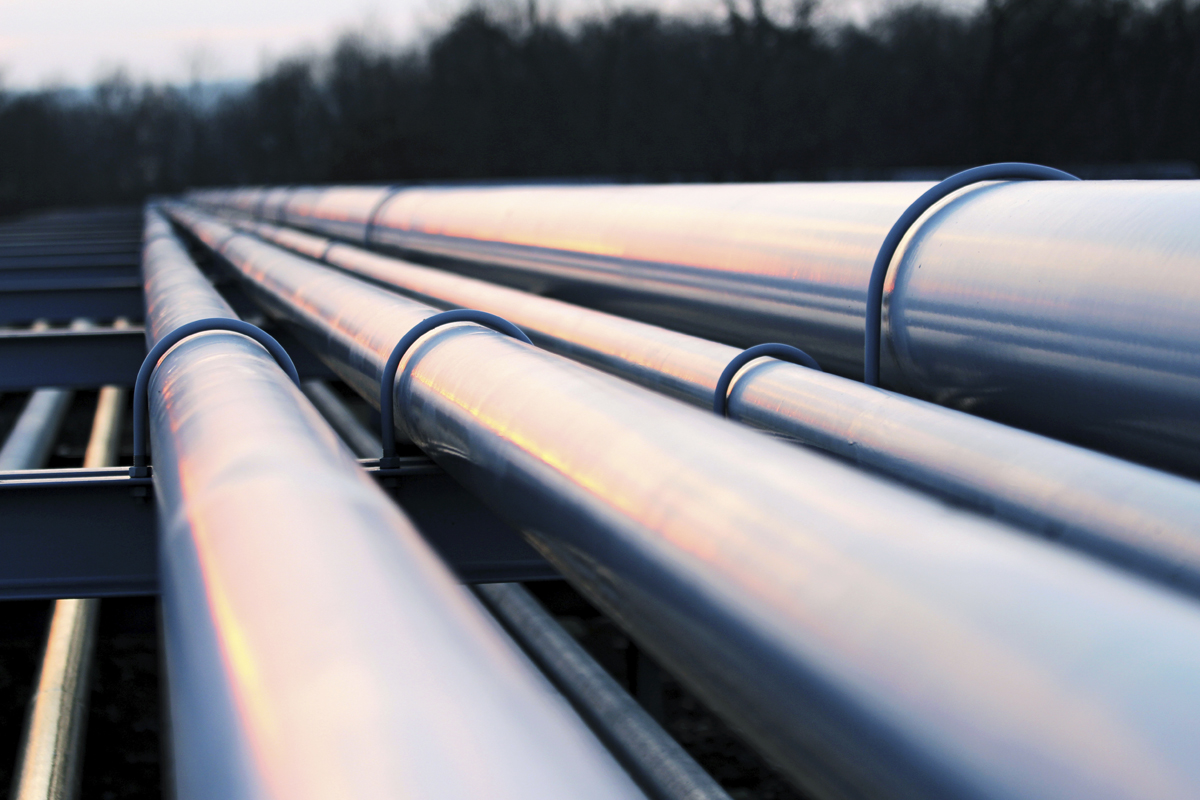A little-noticed section of an environmental bill pending in Congress could reclassify water extracted from oil and gas wells as hazardous waste, dramatically driving up drilling costs in the United States and destabilizing energy markets around the world, according to a new report from Rice University’s Baker Institute for Public Policy.
If the legislation becomes law, the CLEAN Future Act’s provisions concerning water produced in oilfields could lead to a severe drop in oil and gas production and undermine emissions-reduction efforts, the report warns.
Section 625 of the Climate Leadership and Environmental Action for our Nation’s Future Act orders the Environmental Protection Agency to determine whether certain oil and gas production byproducts, including produced water, meet the criteria to be identified as hazardous waste. The legislation decrees the EPA must make its determination within a year after the act becomes law.
“This tight timeline, proposed under the section heading of ‘Closing Loopholes and Ending Arbitrary and Needless Evasion of Regulations,’ reasonably raises the question of whether the drafters seek a specific outcome—in this case, presumably the classification of produced water as a hazardous waste,” wrote Gabriel Collins, the Baker Botts Fellow in Energy and Environmental Regulatory Affairs at the Baker Institute.
The EPA defines produced water as “the water (brine) brought up from the hydrocarbon-bearing strata during the extraction of oil and gas.”
Classifying produced water as hazardous waste would create severe disposal capacity constraints as well as an “enormous set of associated obligations,” according to Collins. Currently, produced water can be disposed of in 180,000 Class II wells throughout the United States. If produced water were classified as hazardous waste, the EPA would require drillers to disposing of it in Class I wells—of which there are fewer than 200 in the entire country.
“Much of this meager capacity resides along the Texas and Louisiana Gulf Coast—hundreds of miles from key oil and gas production plays such as the Eagle Ford shale and the Permian Basin—with no water pipelines to move water volumes that collectively exceed 10 million barrels per day,” Collins wrote.
“The resulting economic impacts would be profound—and likely, existential,” he continued. “Oil field water management costs would likely rise five- to ten-fold from current levels.”
The bill’s repercussions would be felt within weeks of enactment, Collins argues.
“If produced water was classified as a hazardous waste—causing drilling to decrease and substantial volumes of existing production to be shut in due to higher disposal costs—U.S. oil and gas supplies available to the market would decrease quickly,” he wrote. “Curtailing U.S. domestic production would destabilize global energy markets, which are tightly integrated with the American oil and gas patches.”
The new classification would likely cause multi-system disruptions severe enough to make achieving the bill’s climate, energy, environmental, and social objectives impossible, Collins argues.
“Significant reductions in U.S. domestic gas production would almost certainly reduce—or even end—liquefied natural gas (LNG) exports,” which “would imperil, among other things, energy transition and emissions-reduction efforts in Japan and South Korea,” he wrote. “These key industrial economies (and U.S. treaty allies) predicate a substantial portion of their energy transition plans on the global gas market liquidity enabled by American domestic gas abundance.”
The report concludes with a set of recommendations that would enhance protection of critical water resources in a more sustainable, incremental fashion.











